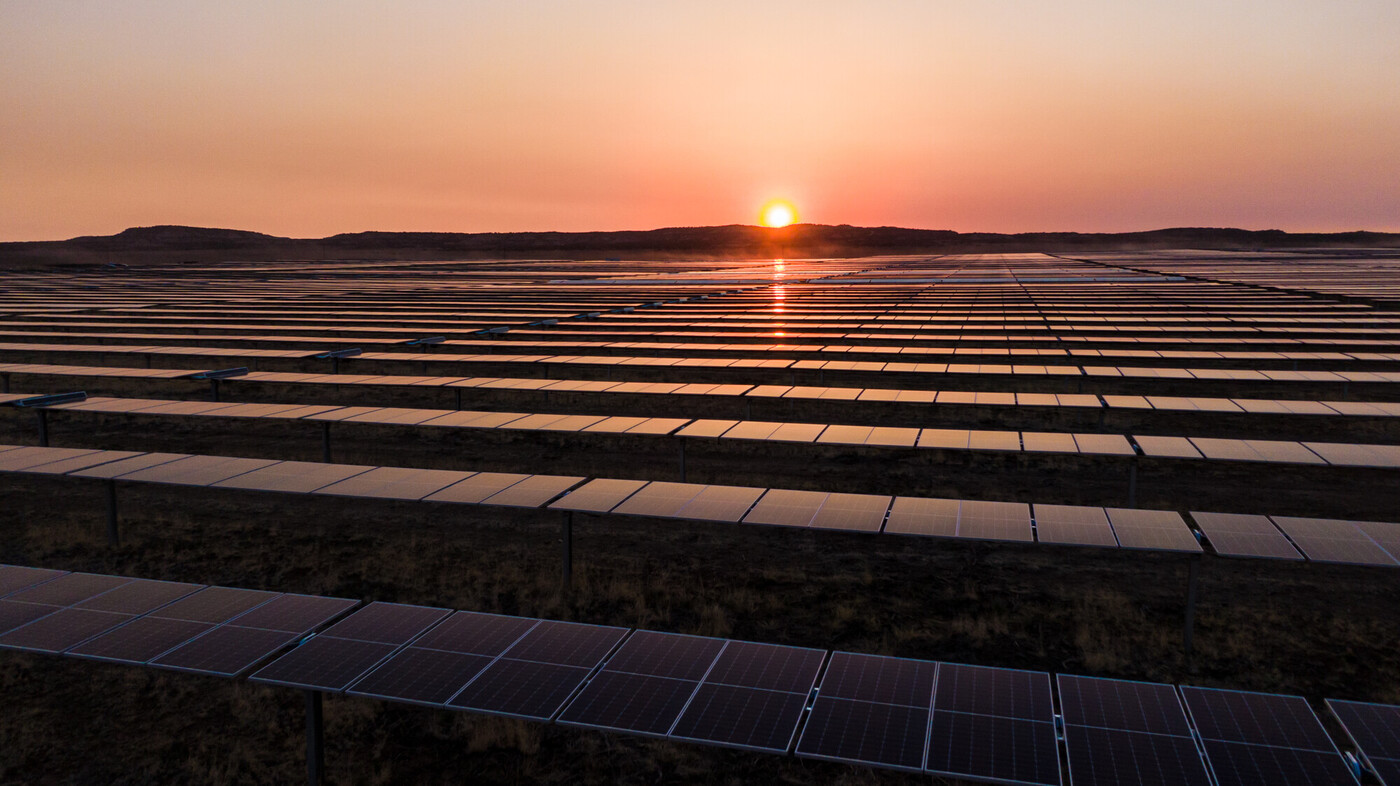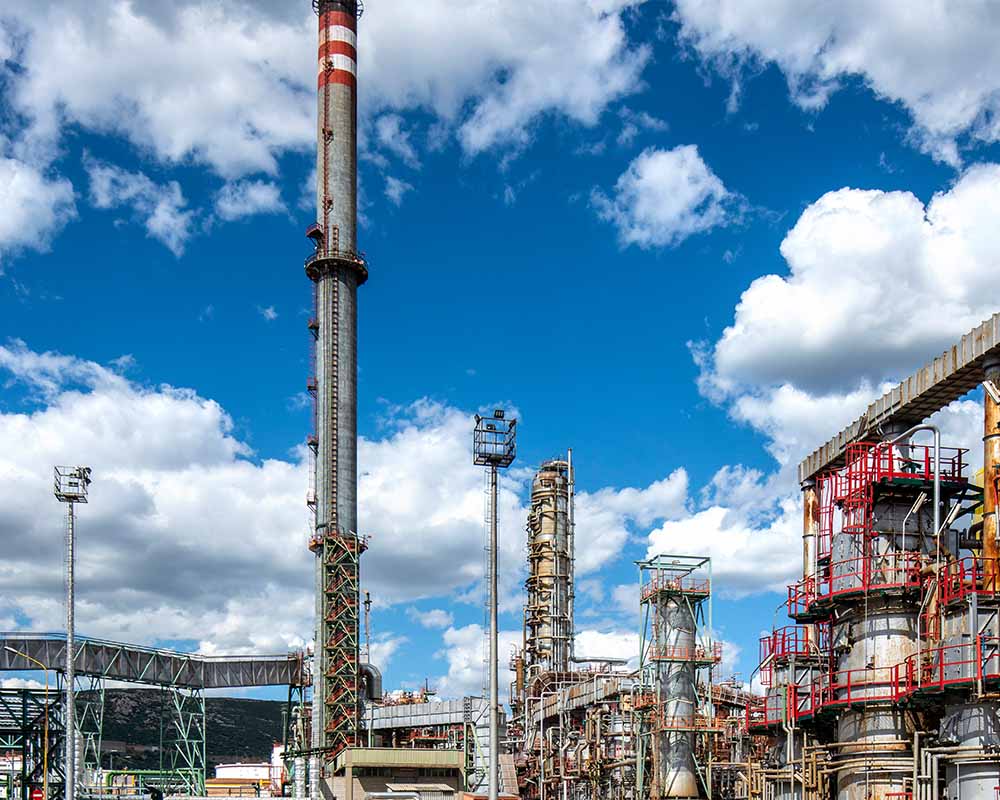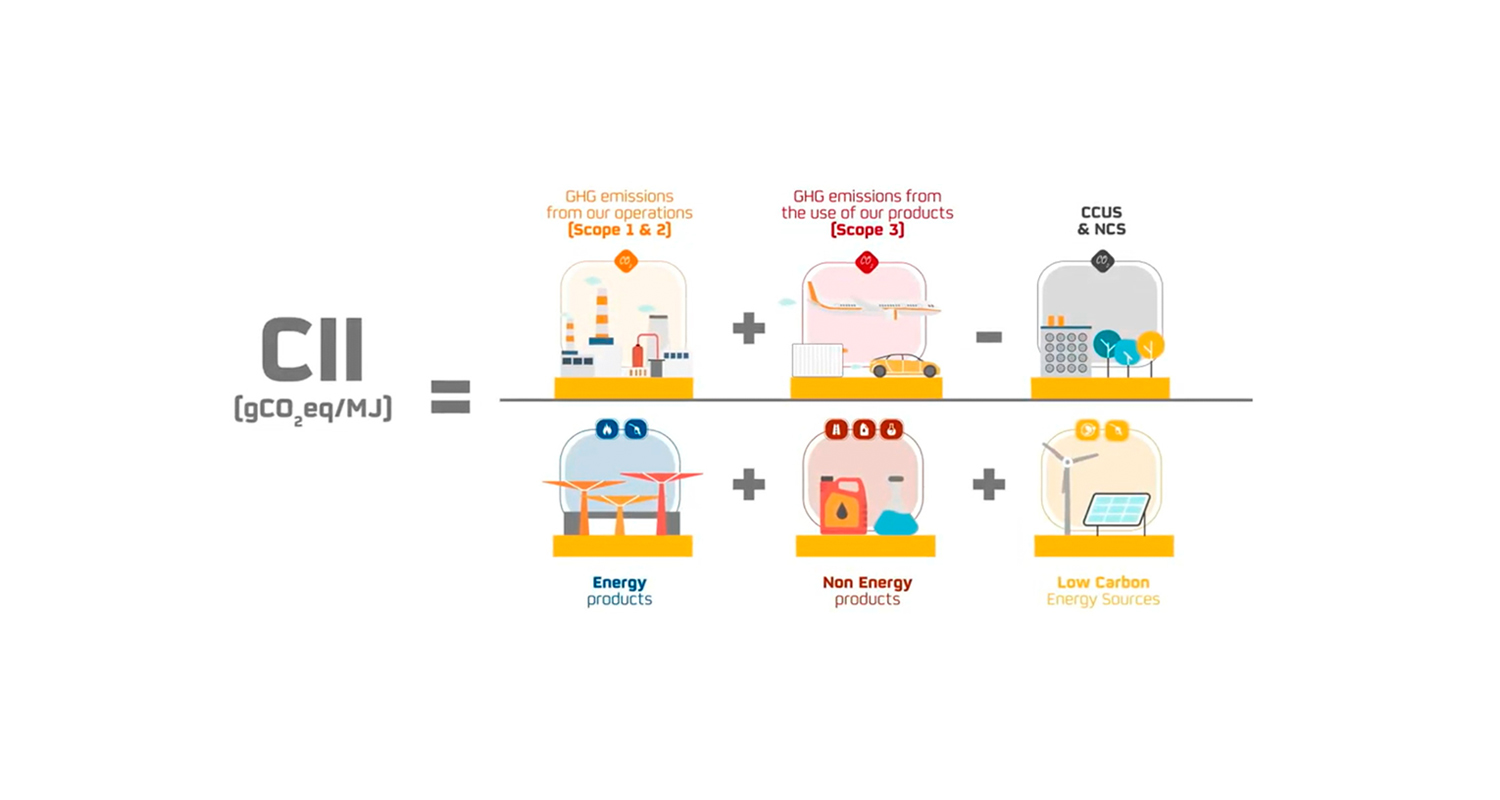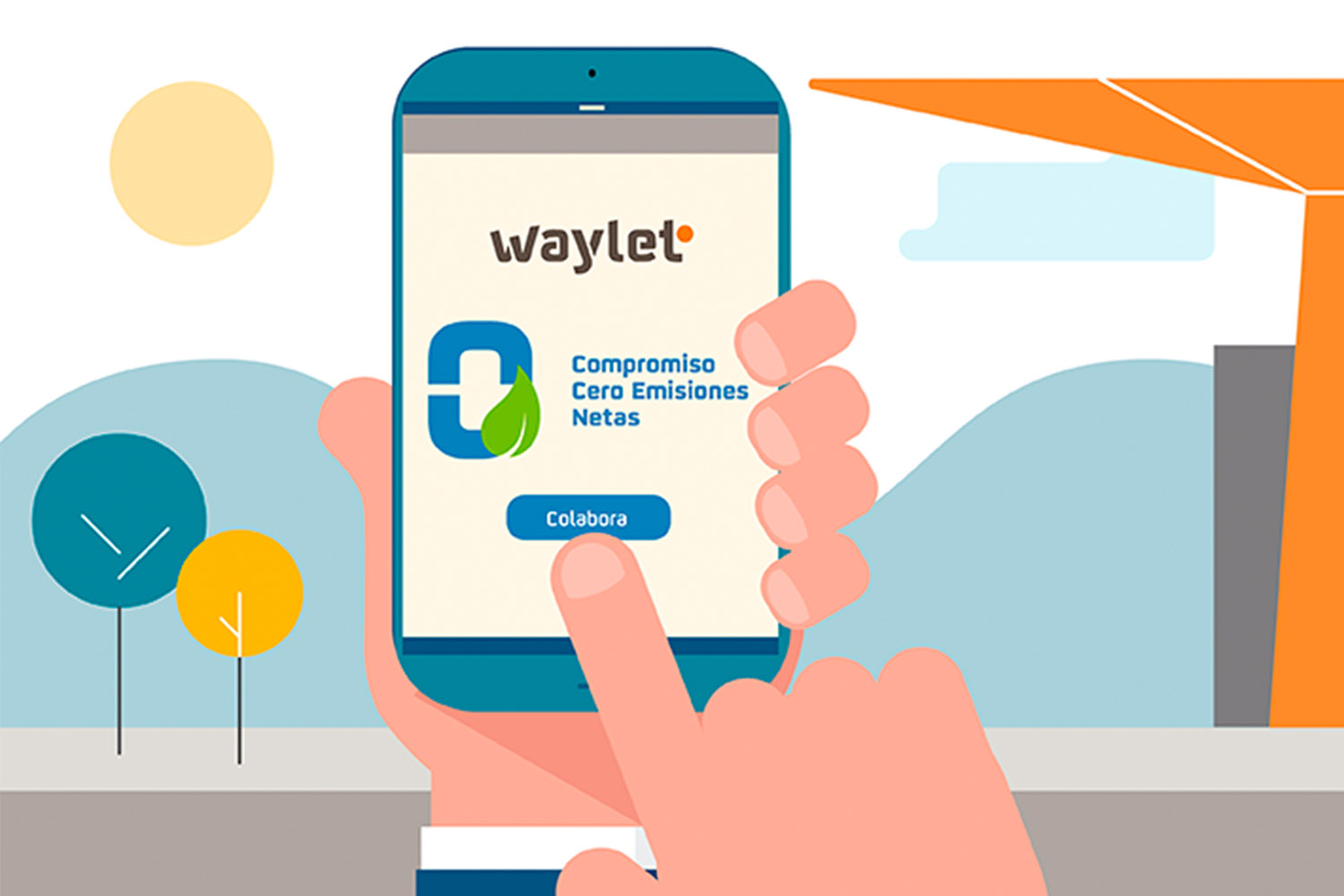Decarbonization: What is it and how to achieve it
Decarbonization: What is it and how to achieve it
How are we reducing our carbon emissions?
How are we reducing our carbon emissions?
In recent decades, global warming — primarily caused by greenhouse gas emissions — has become more than a threat. It's now a reality we must all face together. Fortunately, companies and organizations as well as society have become aware of it, and major progress is being made to turn things around. Therefore, the future of the planet will depend on a more sustainable economy, and decarbonization will play a fundamental role in achieving it.
The energy transition will be our great ally when it comes to this, and we are gradually seeing new energy vectors such as renewable hydrogen and increasingly more sustainable fuels like synthetic fuels and biofuels. This is all possible thanks to the fact that the focus on renewable energy is growing within the energy mix without overlooking the presence of natural gas compared to oil.
What can we do to help achieve decarbonization?
What can we do to help achieve decarbonization?
In order to be carbon neutral, the involvement of society, governments, and major corporations is vital. Both government policies that drive low-carbon economies as well as initiatives that favor innovation and sustainable development are necessary to make this happen. We should also not overlook the fact that all energies, particularly renewable ones, play an important role in the energy transition, with technological neutrality taking precedence.
Fortunately, there are many sectors where we can drive efficient decarbonization. With the help of fiscal, residential, transportation, industrial, and many more types of measures, we can all work together to gradually reduce CO2 emissions. These are some keys for reaching carbon neutrality:
- Encourage low-carbon mobility in all areas but especially in the private sector.
- Establish financial aid and support to the industrial sector in order to advance in the energy transition.
- Promote responsible consumption and more sustainable food consumption, depending less on cattle farming and intensive agriculture.
- Drive new technological developments related to carbon capture, use, and storage (CCUS), as well as the so-called nature-based solutions (NBS).
- Regulate emissions pricing.
- Roll out R&D projects focused on the creation of new low-carbon businesses.
- Promote the collaborative economy with initiatives such as Wible, Repsol's carsharing.
- Define a plan for building rehabilitation to reduce emissions based on the use of energies such as solar energy, hydropower, wind energy, or Repsol's latest initiative, geothermal energy.
Repsol's commitment to decarbonization
Repsol's commitment to decarbonization
We firmly believe that large businesses must incorporate a net zero emissions policy into their business strategies and eliminate their dependence on carbon. The route towards decarbonization is the best way to continue growing, which is why we are backing a model that considers several technological options, such as eco-fuels or the use of products with a low carbon footprint or none at all.
That’s why we took a step forward and took on this challenge, including the Commitment to Net Zero Emissions by 2050 in our Strategic Plan.
From backing accessible, affordable, and low-carbon energy to investing in projects and technologies focused on the energy transition, all initiatives we participate in are in line with the fulfillment of the Paris Agreement goals.
We work day after day as part of our commitment to caring for the environment. To forge the way for a low-carbon economy, we have adapted our initial strategies and objectives, making them much more demanding. During Low Carbon Day, which was held in October 2021, we announced an increase in our targets and a reduction in the Carbon Intensity Indicator of 15% in 2025, 28% in 2030, and 55% in 2040, compared to the 12%, 25%, and 50%, respectively, set previously.
Here are the five pillars on which we have based our strategy to reduce carbon intensity:
- Drive energy efficiency in our operations and facilities.
- Transform the Hydrocarbon Exploration and Production portfolio.
- Produce low-carbon fuels aimed at the circular economy, such as new biofuels.
- Generate low-carbon power by investing in wind and solar generation.
- Foster carbon capture, use, and storage technologies.

We fight against climate change
We fight against climate change
We support the Kyoto Protocol.
Committed to sustainability over the last 25 years.
We have recognition from socially-responsible investors.
Updated as of July 2025.


